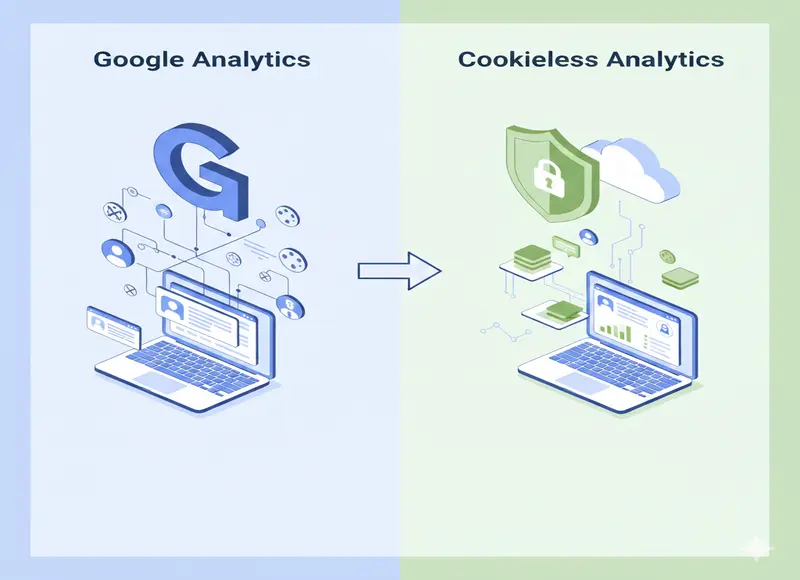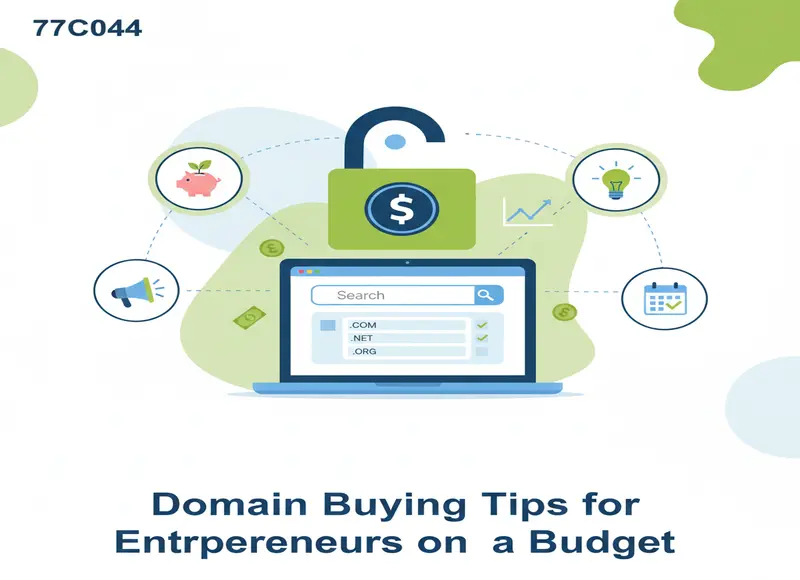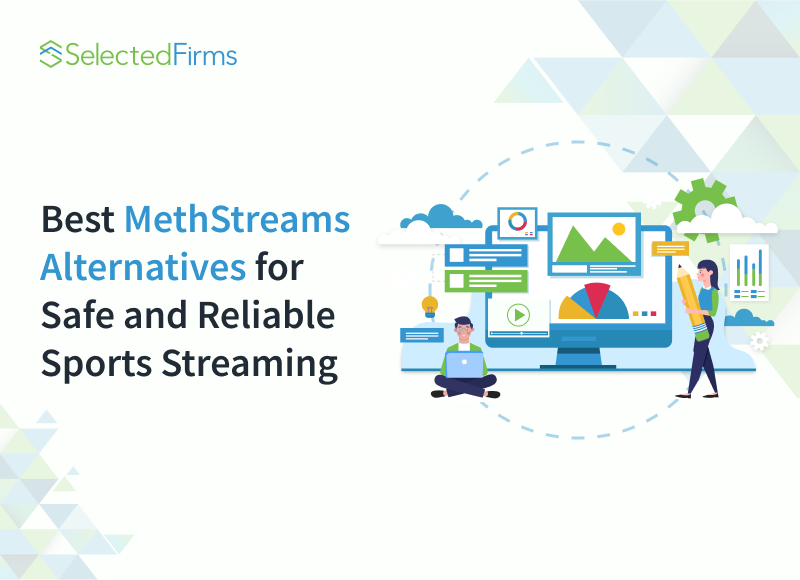Table of Contents
What if you could measure performance without using cookies? Cookieless analytics gives you accurate insights while keeping privacy intact and compliance simple.

The cookie banner pops up again, and you sigh. You just wanted to read an article, not negotiate a treaty. That small moment captures a bigger shift. People want privacy, websites want insight, and regulators want clarity. Cookieless analytics steps into this awkward triangle and says there is a better way.
In this guide, I unpack what cookieless measurement really means, why it matters now, and how teams can switch with confidence. I will reference a few well-known tools and a few newer names. If you are hunting for a Google Analytics alternative that respects privacy, you are in the right place.
Cookieless analytics is something good
Cookieless analytics sounds mysterious. It is not magic and it is not guesswork. At its core, it measures traffic and behavior without storing identifiers in the browser. Instead of dropping a small tracker on every visitor, it uses techniques like server-side events, log collection, and short-lived session logic that does not follow people across sites. The goal is the same as always. Help you understand what works and what does not.
Why is this becoming mainstream now? The answer blends regulation, platform changes, and user expectations. Browsers have tightened rules around third-party tracking. New privacy laws make consent more than a polite request. People click reject all more often than anyone expected.
A Google Analytics alternative that is cookieless avoids that constant friction and still gives you decision-grade insight.
Cookieless avoids stealth fingerprints
I will be clear about one important point. Legitimate cookieless analytics avoids stealth fingerprinting and shadow profiles. It focuses on aggregated metrics and modeled sessions that do not identify real people. When you need user-level analysis, you rely on consented accounts, not silent tracking. That line matters for trust and for compliance.
Let us talk business value. What do you actually gain by going cookieless? First comes completeness. Traditional setups drop a lot of traffic when consent is denied. That missing slice can distort campaigns, experiments, and forecasts. A cookieless approach measures pageviews, sessions, referrers, and conversions without needing consent banners for the core data. Your sample bias drops, and your reporting steadies.
Second comes speed. Lighter scripts mean faster pages. A cookieless script typically loads in a blink and sends compact events. Your Core Web Vitals improve, and your bounce rate usually falls. I like two wins for one change. Who would not?
Third comes trust. When you say we do not track you across the internet, people relax. Brand trust grows when your privacy statement is simple and honest.
You also spend less time wrangling consent design and more time improving the product.
What are the options?
A quick word on tools and market options. Plausible Analytics was early to articulate a clean, simple, cookieless model. Fathom took a similar path with a strong focus on simplicity and speed. PrettyInsights brings web analytics and product analytics into one place, with cookieless measurement by default and deeper event analysis when accounts exist. Each can serve as a Google Analytics alternative, but their flavors differ, so match them to your needs and culture.
How does cookieless measurement handle sessions and conversions? It uses signals like navigation timing, referrer data, and short session windows to group events. Conversions are tied to sessions and to campaign parameters that do not identify a person. It is enough for funnel analysis and content optimization.
For granular product analytics, you can enrich events with consented user IDs once someone signs in.
You get clarity without creeping into personal territory.
Real product work here
Let us ground this in real product work. Say your team ships a new onboarding flow. With a cookieless setup, you can still track step views, drop-off points, and completion events. You can compare cohorts by traffic source and device type. You can see which content moved people forward. When a user creates an account, you can join later product analytics events to that profile with explicit consent. You do not need a cookie to tune the journey.
Accuracy deserves a closer look. Some worry that cookieless equals less accurate. Different, yes. Less accurate for core decisions, not necessarily. The missing piece is often retargeting and individual path stitching across devices. If that is vital, you can still run those programs for the subset of users who opt in.
Your base analytics remain stable and respectful, which often proves more valuable across the board.
Now a practical path for teams wanting to switch fast without drama. Migration should be deliberate. You want continuity in metrics and a clear map for stakeholders. Keep old and new running in parallel for a short window. Compare trends, not single-day spikes. Align naming for events and conversions so reports translate cleanly.
Here is a simple step-by-step checklist you can follow.
- Map business questions to metrics and events before moving anything.
- Choose a cookieless tool that fits your privacy posture and roadmap.
- Implement pageview and event tracking in a small staged rollout first.
- Validate all campaign parameters and source detection across key channels.
- Run parallel tracking for a few weeks and compare directional trends.
- Update dashboards and define which tool is the new source of truth.
- Retire legacy scripts once stakeholders sign off on the new baseline.
Notice that none of those steps require heavy engineering. They require clarity, communication, and a few careful tests. As a bonus, your tag clutter usually shrinks. Fewer tags mean fewer edge cases and a happier on-call team. I like happier teams almost as much as faster pages.
Let us compare categories for a moment.
Web analytics focuses on traffic, pages, sources, and high-level conversions. Product analytics dives into events, funnels, cohorts, retention, and feature usage. A strong Google Analytics alternative should do web analytics well and play nicely with product analytics. PrettyInsights leans into that union, giving marketers and product managers a shared language. Plausible Analytics and Fathom are excellent for fast, clean web reporting and can hand off to a product stack when needed.
What about consent mode?
What about consent mode and modeled conversions in legacy tools? They help, but they also add complexity and moving parts you do not fully control. A cookieless design keeps the data model simple and predictable. That simplicity pays off when you present numbers to a board or a client. You spend less time explaining why the number changed and more time explaining what to do next.
Marketers still need campaign clarity, so let us cover that. UTM parameters remain your friend in a cookieless world. Many teams work with digital marketing agencies to Keep them consistent. Source and medium should be simple and readable. Campaign names should reflect goals, not internal acronyms. With those basics, your acquisition reports stay sharp.
You will see which channels drive engaged sessions and which ones only inflate vanity metrics.
Addressing the myths
Let us address two myths quickly. Myth one says cookieless means no personalization. In reality, you can personalize for signed-in users with explicit consent and clear value exchange. Myth two says product analytics is impossible without cookies. Event streams tied to sessions give surprisingly rich behavioral pictures, especially for funnel tuning and content testing. The data is aggregated, but the insight is reliable.
Teams also ask about compliance. A cookieless approach reduces your legal risk by design. You handle less personal data. Your vendors handle less personal data. Your documentation becomes shorter and clearer. That matters in audits and in sales deals where security reviews often stall momentum. Privacy can be a revenue enabler, not only a cost.
Let me sprinkle in a personal note. I have switched several sites to cookieless setups, and the relief is immediate. Fewer banners to design, fewer debates about dark patterns, fewer incidents caused by tag sprawl. Reports got cleaner and decisions got faster. The team could breathe again. That is hard to quantify and easy to appreciate.
Some teams will still keep legacy tools for a while. That can be sensible during a season of heavy experimentation. Just avoid double-counting and keep a single source of truth for executive reporting. If you choose a mixed stack, document the why and the when. Future, you will be grateful for that memo.
What tool to use first?
Which tool should you try first? If you want a fast, focused dashboard that a founder can read before coffee, try Plausible Analytics or Fathom. If you want a combined web and product analytics view with cookieless defaults and deeper event modeling for signed-in users, take a look at PrettyInsights. All three can stand as a Google Analytics alternative, but they shine in slightly different rooms.
The right choice depends on your stage, your team, and your appetite for customization.
Performance is the sleeper advantage here. Every kilobyte matters on mobile. A light analytics script cuts time to interaction and helps rankings. It also reduces the risk of conflicts with other scripts. Debugging becomes easier because there is simply less to break. Your engineering team will never turn down fewer moving parts.
Reporting is everything
A word on reporting culture. Cookieless analytics does not rescue weak questions. Start with goals and hypotheses, then pick the metric. Treat dashboards as living documents, not wall art. When something changes, write a short narrative. That habit builds institutional memory and prevents the same debate every quarter. It also keeps your future roadmap anchored in evidence.
Let us close with a crisp view of benefits you can share upstairs. More complete coverage because consent loss hurts less. Faster pages because the script is lean. Clearer compliance because the data is less sensitive. Stronger trust because your privacy promise is simple. And decisions that rely on stable trend lines, not opaque modeling.
Cookieless analytics is not only a legal posture. It is a product posture. It tells customers that insight and respect can live together. It tells teams that clarity beats complexity. It tells leaders that privacy can support growth rather than block it. If you need a google analytics alternative today, you have credible options that prove all of this in practice.
Conclusion
Pick a path, run a clean migration, and measure what matters. When you are ready for deeper product analytics, layer consented events on top. Start with Plausible Analytics or Fathom for a streamlined view. Consider PrettyInsights when you want web and product analytics together under one roof. Your future reports will read like a plan, not a puzzle.
And if anyone asks whether cookieless analytics can be fun, tell them your cookie banner finally retired. It now lives on a sunny beach.
Recent Blogs
12 Best MethStreams Alternatives for Safe and Reliable Sports Streaming in 2026
-
18 Dec 2025
-
12 Min
-
36
Real World Digital Transformation Use Cases in Real Estate, Tech, and Recruiting
-
17 Dec 2025
-
6 Min
-
144








